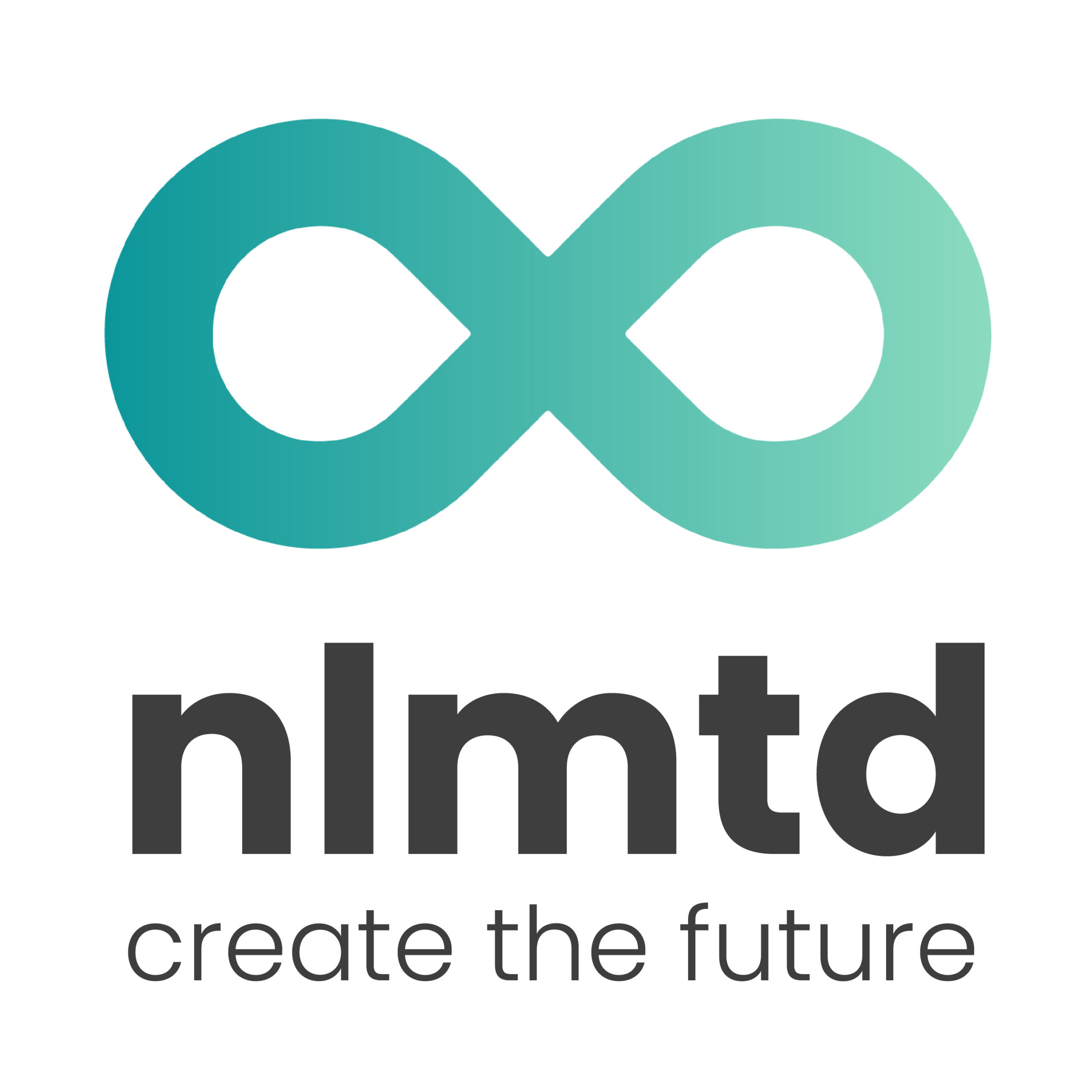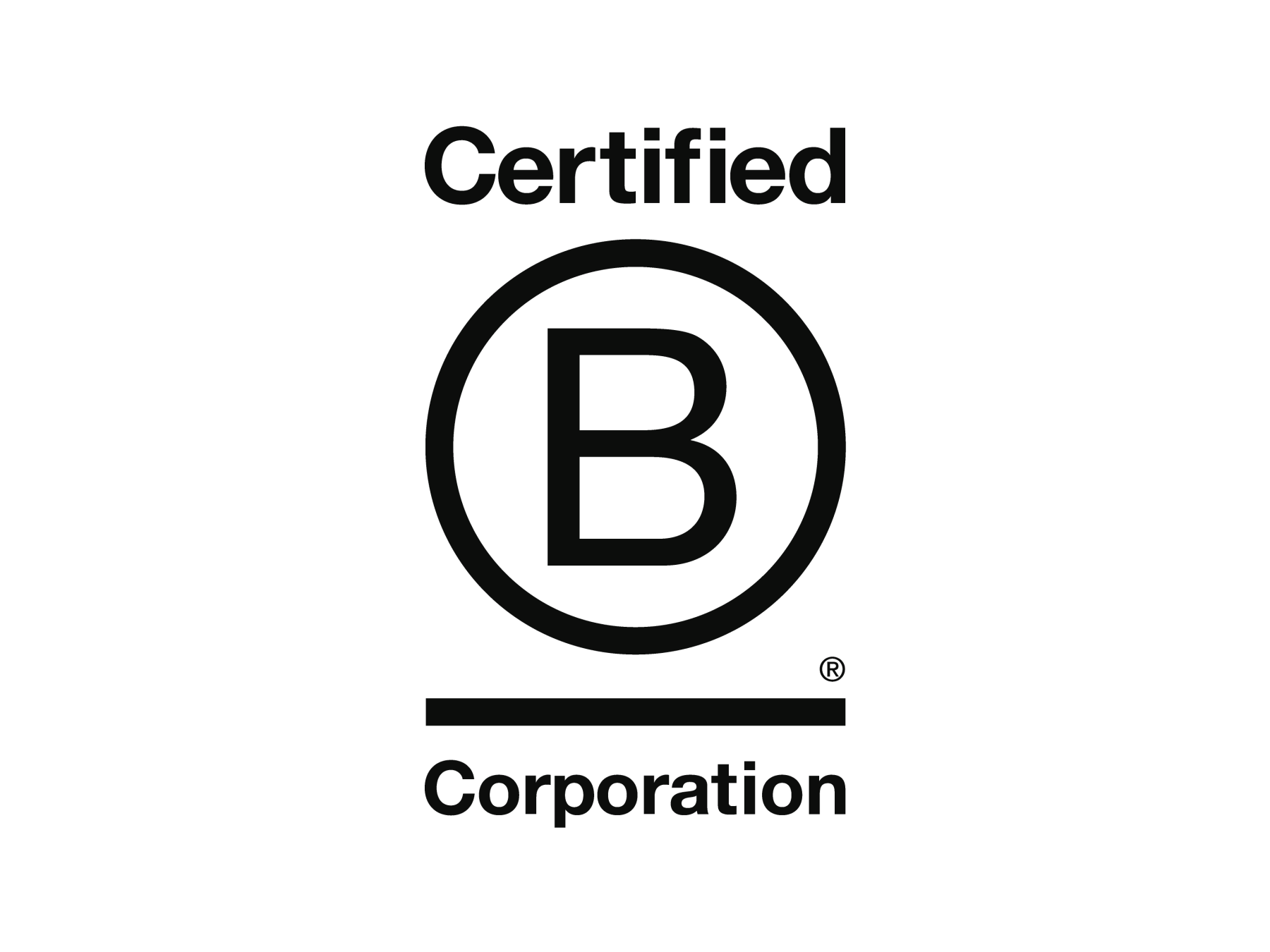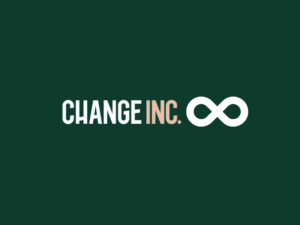I love heist movies. It has something to do with the way this genre builds up a story; Introducing the team, planning the job, getting in some more trouble than expected and eventually making it through. Obviously, at the end of these movies I’m rooting for the team that just robbed a bank, casino, federal reserve or possibly worse.
The weird thing about this sensation is that it never feels wrong to be cheering for what would essentially be the bad guys, even if they hold some people hostage along the way. It almost seems that on my couch in the living room, I develop some sort of Stockholm Syndrome (feelings of trust or affection felt in many cases of kidnapping or hostage-taking by a victim towards a captor) where I end up with a twisted moral compass that doesn’t line up with what I logically can deduce to be right and wrong…
This realization has stayed with me for some time. As I was discussing this with my better half over dinner and drinks, I started noticing some similarities with a very different subject that we at nlmtd are equally passionate about, namely: making companies future-proof.
“How is that even remotely similar?” you might ask. Well, let me explain.
Companies, through time, develop their products and the processes, governance and culture that under pin these. All of which are ultimately geared at growing the business and its revenue stream. In time this company (hopefully) becomes larger if successful. And new employees will bring in fresh views but inevitably get further detached from the company’s ideals that it so clearly had at the start.
Don’t get me wrong, this is a good thing at first, because when a corporation grows it also has to professionalize. This quite often requires more people and different skill sets. And most, if not all, larger companies through this professionalization are essentially operating Milton Friedman’s shareholder theory that states“that the sole responsibility of business is to increase profits (…) and that management is hired as the agent of the shareholders to run the company for their benefit.“
So, shareholders want to see increasing revenues and margins whilst simultaneously reducing risk. If you ever invested some money in the stock market, you will recognize this as the steady yearly share price growth and dividend pay out we all like to see. To achieve all of this, solid governance structures are implemented along with clear responsibilities, departments and processes which in turn have accountants auditing these yearly to make sure there won’t be any surprises. Because we don’t like surprises when it comes to running a business or holding shares.
This should mean smooth sailing into the horizon right? Well, nope…
All of these things we put into place to ensure never ending increasing revenues end up being the same things that can possibly cause the revenues to stop altogether. Why? Simply because the more we want to control what happens, the less room it leaves for creativity, taking a chance and seizing opportunities. However, those are exactly the ingredients a company needs for increasing growth, and there with revenues.
And that is how corporations, when it comes to innovating processes and products, suffer from similarities to this Stockholm syndrome, just like I seem to have with heist movies. Of course when managing a corporation you love this ever increasing profit margin, whilst simultaneously you might also feel that along the way you innovate slower and less altogether, and sometimes innovation even comes to a full stop. On the one hand, it feels like the right thing to do. Shareholders cheer you on for initially maximizing profits and not surprising them with anything out of the ordinary. However, on the other hand, you know deep down that you are rooting for the wrong team. You start to notice your corporation innovates slower, has more difficult adapting to changing customer needs and misses out on opportunities that start-ups dive into and we all end up calling disruptive business models.
So does it have to be a choice between profit and innovation? Well, nope again….
There are ways to combine a larger company operating in line with the shareholder theory with innovation, creativity and agility. It just takes discipline and a clear distinction between two very different approaches to running a company. One aimed at maintaining or prolonging matured products at the middle or end of their life cycles and another aimed at seizing opportunities with new businessmodels.
At nlmtd we love helping corporations to combine a profit driven approach with innovation, delivering tangible results. We help creating the environment and conditions needed to ensure that they are able to grab these opportunities and innovate their products and processes. That way, they become able to shape their respective markets, instead of following the trends. A few of the essentials needed to achieve this:
· Keep the pressure on. Like diamonds, innovation needs high pressure in terms of time and available funds to create an environment in which it can flourish.
· Do not try to innovate in your existing processes and organization. It seems like a good idea to involve the people that know the most about a certain subject, but frequently the problem is that they know too much!
· Keep it simple. The best ideas are very often simple ones. Innovation becomes slower when we try to encompass every aspect, theme, risk mitigation and/or function into it. With innovation, less is more.
· Look for the right people, not the right credentials in a resume. Commonly, we think that someone who has been active in a line of work for more than xx years is the best candidate to disrupt it. In practice, innovation more than often comes from entrepreneurs or people new to the market altogether. Innovation is more about mindset and skills then specific knowledge.







